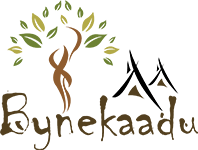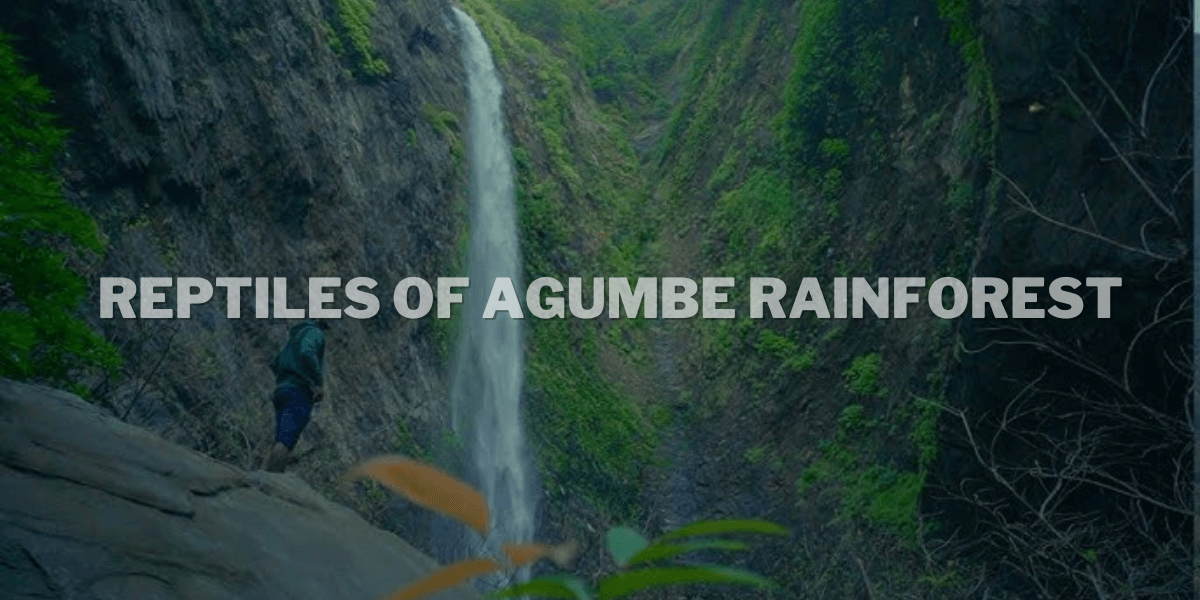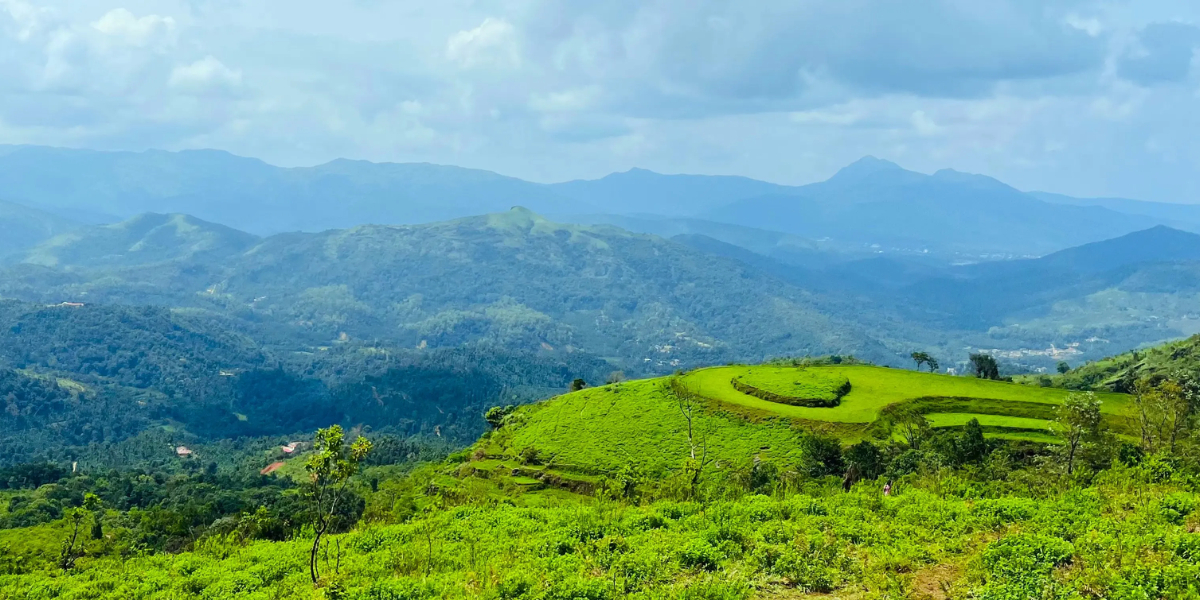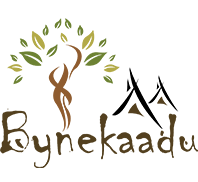Agumbe Rainforest, located in the Western Ghats of Karnataka, is a treasure trove of biodiversity. Known as one of the most significant herpetological hotspots in India, this dense forest attracts researchers and wildlife enthusiasts from all over the globe.
Agumbe’s contribution to the study of reptiles, especially the majestic King Cobra, makes it an essential site for conservation efforts. This article will be a deep look into the unique wildlife and natural wonders that Agumbe has, with a focus on King Cobra and other very rare reptiles.
The Enchanting Agumbe Rainforest
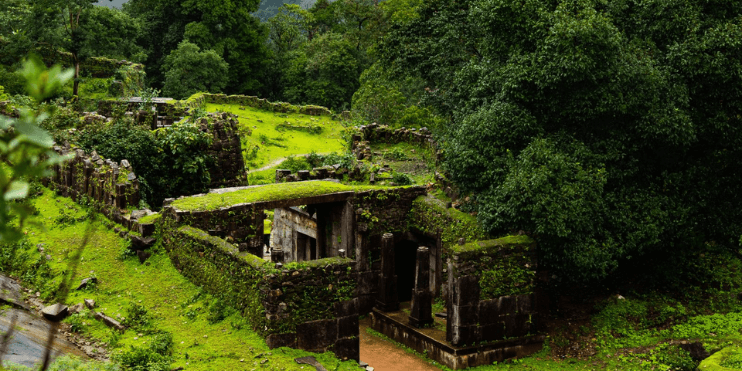
Geographical Location and Climate
Agumbe is situated in the southwest of Karnataka, often branded as the “Cherrapunji of the South” by many because it rains so heavily during the monsoon. This rainforest faces an average annual rainfall of 7,500 mm and is one of the wettest places in India. Such a specific climatic condition lends the tranquil forest Agumbe a wonderful scope to host a wide variety of flora and fauna which is turned into a verdant heaven in the monsoon season.
Tip: “The best way to explore Agumbe’s rainforests is by starting early in the morning to avoid afternoon showers. Always carry a waterproof bag for your equipment.”
A Tranquil Forest Retreat
Walking through the tranquil forest Agumbe feels like stepping into a different world. The lush greenery is occasionally broken by small streams and waterfalls that add to its serene ambiance. The dense canopy of foliage found in Agumbe, with its scope for shelter for the reptilian residents, has become a haven and a sanctum for conservationists and nature enthusiasts. For those planning an Agumbe rainforest trip, this forest’s tranquility and biodiversity make it an unforgettable destination.
Note: “Stay on designated paths during your Agumbe rainforest trip to protect its fragile ecosystem.”
King Cobra: Ophiophagus Hannah
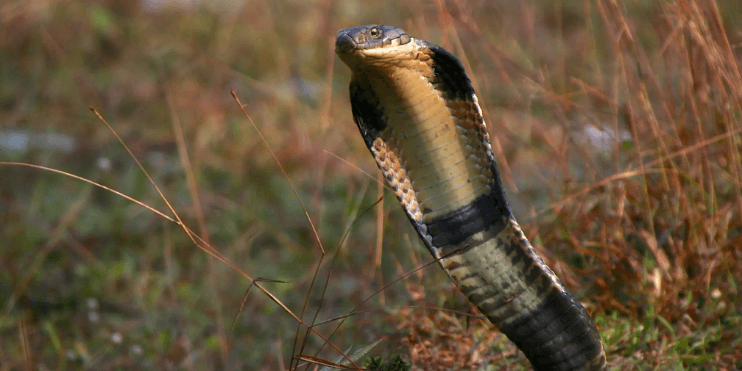
Among Agumbe’s many reptilian wonders, the King Cobra stands out as a symbol of power and charisma. Known for its impressive size, this snake can grow up to 18 feet, making it the longest venomous snake in the world. The King Cobra’s scientific name, Ophiophagus hannah, literally translates to “snake-eater,” indicating its preference for consuming other snakes, including venomous species like the krait. Wildlife enthusiasts visiting during their Agumbe trekking adventures often hope to catch a glimpse of this incredible reptile.
Tip: “King Cobras are shy and generally avoid human contact. If you encounter one during your Agumbe rainforest trip, stay calm and back away slowly without making sudden movements.”
Physical Characteristics and Behavior
This majestic inhabitant of the tranquil forest Agumbe is easily recognizable by its broad hood, large scales, and intimidating hiss. Compared with all the other snakes, these snakes are pretty intelligent and are often seen surveying their place before making any move. These reptiles are also known for their unique nesting behavior, where females build and guard their nests until the eggs hatch.
Note: “Despite their fearsome reputation, King Cobras are not aggressive unless threatened. Observing them from a distance during your Agumbe trekking is the safest approach.”
Diet and Ecological Role
As one of the top predators in their environment, King Cobras contribute a long way to controlling the population levels of other snakes. This helps maintain the delicate balance within the forest. They consume poisonous as well as non-poisonous snakes. Thus, no snake can outcompete another to a point where the latter becomes too dominant.
Conservation Status and Research
King Cobras are today vulnerable due to habitat destruction and human encroachment. To protect these majestic reptiles, conservation efforts are crucial. The long-standing Agumbe Rainforest Research Station (ARRS) has led this effort by conducting ample studies to understand their behavior, breeding patterns, and even habitat requirements. Visitors on an Agumbe rainforest trip can learn more about these efforts and how they contribute to preserving the forest’s ecological balance.
Other Notable Reptilian Residents

Beyond King Cobras, Agumbe Forest is home to a multitude of other reptilian species, many of which are endemic to the Western Ghats. These species are crucial indicators of the health of the Agumbe Forest ecosystem. The diversity ranges from small, agile vine snakes to larger, more robust lizards that inhabit the dense foliage. Spotting these elusive creatures during your Agumbe trekking adventure is an experience unlike any other.
Note: “Always be on the lookout for reptiles camouflaged among the leaves. Binoculars can enhance your wildlife spotting experience.”
Profiles of Rare and Endemic Species
Farnsworth’s Vine Snake (Ahaetulla Farnsworth)
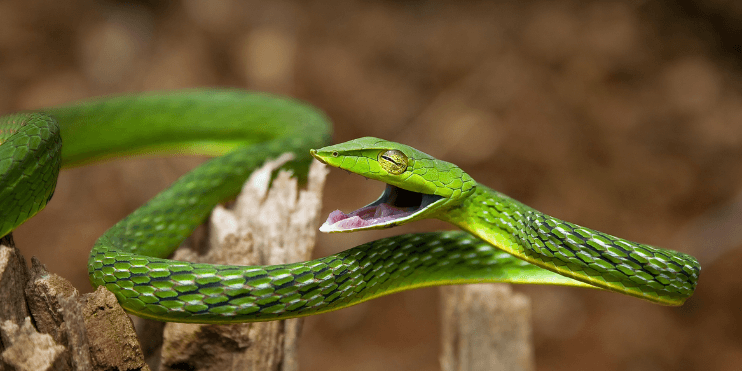
Farnsworth’s Vine Snake was recently found with an unexpectedly bright greenish color, which can easily camouflage itself with the foliage of the tranquil forest Agumbe. It has an elongated, pointed snout, perfect for catching small birds and insects. Observing this elusive species is a highlight for many visitors on an Agumbe rainforest trip.
Tip: “Vine snakes are non-venomous and pose no threat to humans, but it’s best to admire them from a distance to avoid stressing them.”
Large-scaled Forest Lizard (Calotes grandisquamis)
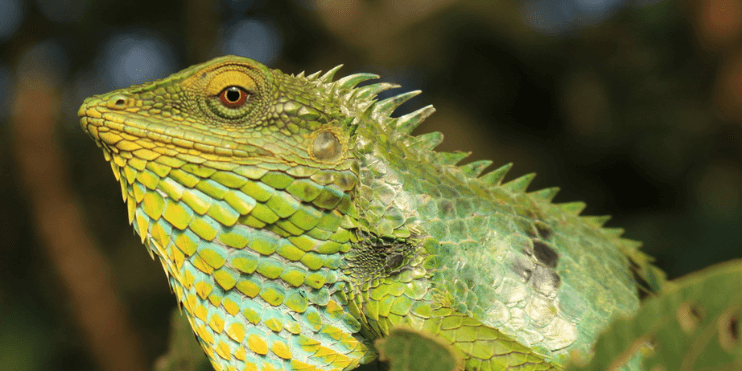
Large-scaled Forest Lizard is characterized by its bright green scales and spiky crest. It is primarily arboreal, spending most of its time on tree trunks. Its diet mainly consists of insects, which helps to control their population in the forest. It’s a fascinating species to spot during Agumbe trekking tours.
Note: “These lizards are quick to escape, so move slowly and quietly if you want to observe them up close.”
Nilgiri Forest Lizard (Calotes nemoricola)
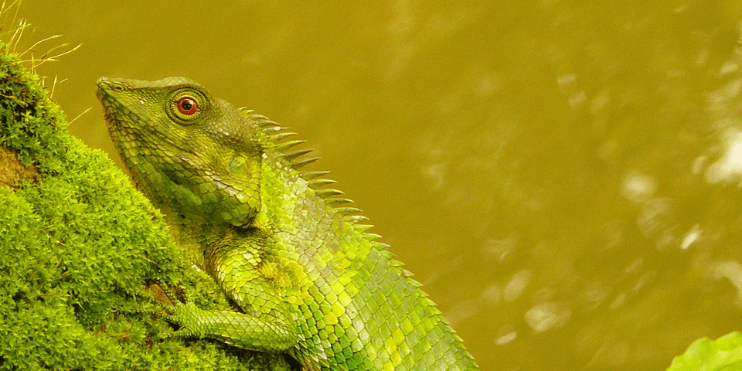
This forest-dwelling species prefers the cooler, shaded areas of the Agumbe Forest floor. It possesses a unique ability to change its color to blend in with its surroundings, making it a master of camouflage.
Roux’s Forest Lizard (Monilesaurus rouxii)
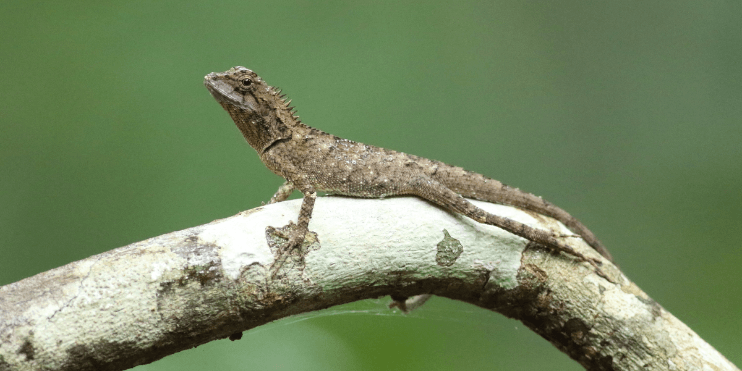
The native species are known to be territorial and spend most of their time basking on sunny rocks or tree trunks. It’s identifiable by its reddish-brown color and striking patterns.
Tip: “To spot these lizards, focus on sunny patches where they come to bask during the morning hours.”
Agumbe Rainforest Research Station (ARRS)
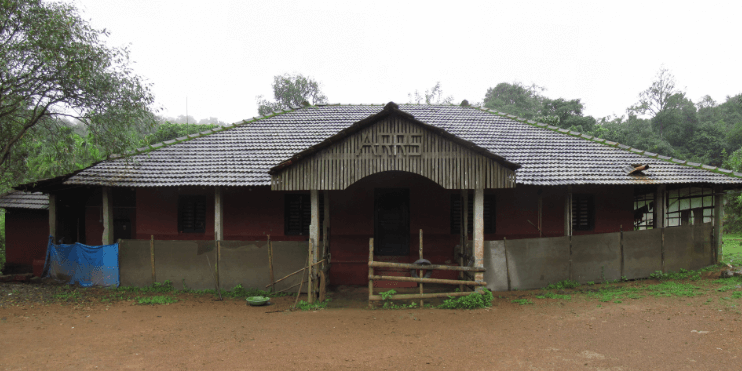
The ARRS was established to protect and study the rich biodiversity of Agumbe. It focuses on research related to reptiles, especially the King Cobra, and aims to develop strategies for conservation. The center also educates the locals to promote the preservation of the forest.
Some of the notable projects include tracking King Cobras using radio transmitters, studying the impact of climate change on reptilian behavior, and exploring methods to reduce human-animal conflict. ARRS has made significant contributions to herpetology by publishing research papers that have influenced conservation policies. Visitors can take guided tours at ARRS during their Agumbe trip to learn about ongoing research projects and witness conservation in action.
How to Safely Experience Reptile Watching in Agumbe
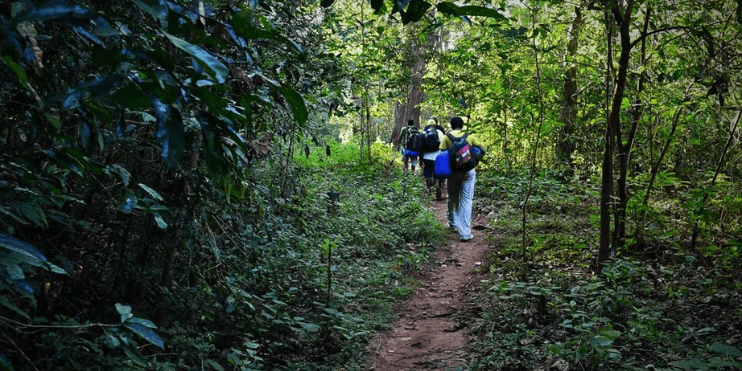
Guided Tours and Safety Measures
Exploring the Agumbe rainforest is best done under the able guidance of experienced guides who really know the terrain and the behavior of its wildlife. Guided tours give a glimpse of the world of the reptiles that inhabit this region while keeping the safety of the visitor intact. Wearing the right clothing, carrying mosquito repellent, and staying hydrated are essential for a successful Agumbe trekking experience.
Tip: “Always maintain a safe distance from wildlife and avoid flash photography, as it may disturb the animals.”
Best Equipment for Wildlife Photography
Photographers may capture the beauty of Agumbe using zoom lenses that enable shots without disturbing the animals. Bringing a sturdy tripod and waterproof covers for your gear is also recommended.
Note: “Early mornings and late afternoons provide the best lighting for wildlife photography.”
Planning Your Agumbe Rainforest Trip
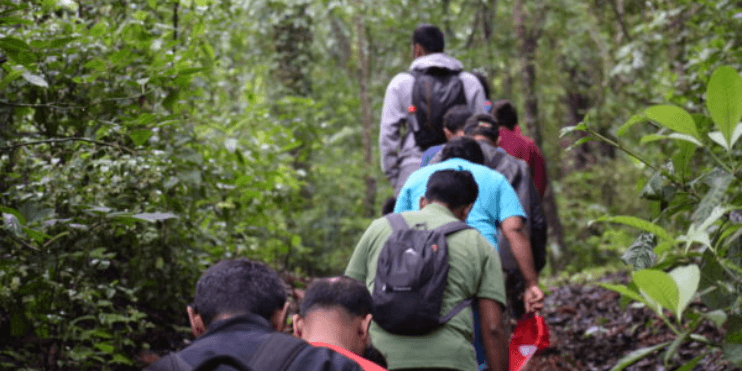
Best Time to Visit Agumbe
June to September marks the monsoon season when Agumbe Forest transforms into a lush paradise, while the winter months from October to February are the times when one can catch the maximum wildlife activity. Please stay away from its peak summer times because the humidity is quite overwhelming.
How to Reach Agumbe
Visitors can reach Agumbe by flying to Mangalore or Bangalore, followed by a scenic drive through the Western Ghats. The nearest railway stations are located in Udupi and Shivamogga, providing convenience for travelers planning an Agumbe trip.
Experiencing Agumbe: Ecotourism and Trekking
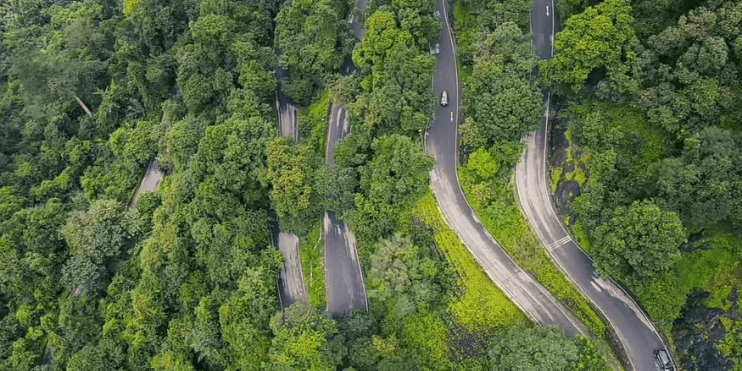
Exploring the Agumbe Rainforest
Agumbe offers an array of trekking routes that lead you deep into the heart of the rainforest, providing opportunities to experience its rich biodiversity firsthand. Trails range from easy to very treacherous for both novice hikers as well as seasoned trekkers. One can be walking along misty trails or discovering hidden waterfalls-the forest is nature lovers’ paradise.
Opportunities for Wildlife Observation and Photography
Wildlife enthusiasts would rejoice at the numerous species making Agumbe their home. From colorful butterflies to elusive reptiles, there’s always something to capture through your camera lens. With a local naturalist to guide you, this habitat will provide an opportunity to identify various species and understand their ecological roles.
Tip: “Patience is key when observing wildlife. Move slowly, avoid sudden movements, and use binoculars to get a closer look at creatures without disturbing them.”
Responsible Tourism
Agumbe thrives on responsible tourism. Tourists are prompted to respect the natural habitat, avoid littering, abstain from picking plants, and not disturb wildlife. Supporting local eco-friendly accommodations and guides contributes to the community’s efforts in conserving the rainforest.
Note: “Every action you take as a tourist can impact the delicate balance of Agumbe’s ecosystem. Always leave the trails as you found them.”
Experience Reptile Watching with Bynekaadu Resort
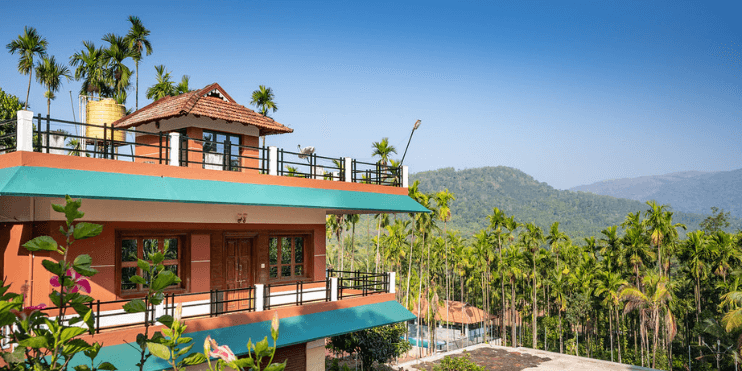
Bynekaadu Resort, located near the stunning Agumbe Rainforest, is renowned as one of the best resorts in Chikmagalur for nature lovers. Our peaceful surroundings and proximity to the rainforest make it an excellent choice for those planning a Chikmagalur stay. Immerse yourself in the wonders of Agumbe’s reptilian residents, including the King Cobra, while enjoying the tranquility and comfort of our resort.
Our strategic location allows easy access to the breathtaking Agumbe Rainforest, making it an ideal base for your adventures. After a day of adventure, unwind in our cozy accommodations, where nature’s beauty continues to enchant you. At Bynekaadu, you’re perfectly positioned to experience the magic of Agumbe without compromising on comfort.
Relax in our comfortable accommodations and enjoy a rejuvenating Chikmagalur stay while planning your rainforest excursions. Whether it’s the peaceful ambiance or the cozy hospitality, Bynekaadu is your choice for the best stay in Chikmagalur, combining nature’s beauty with ultimate comfort.
Conclusion
Agumbe Rainforest stands as a testament to nature’s beauty and resilience. Its significance in reptile conservation, particularly for species like the King Cobra, highlights the urgent need for ongoing efforts to protect its unique ecosystem. By visiting Agumbe, you immerse yourself in its natural wonders and contribute to the conservation of its rich biodiversity.
Ready to embark on a reptile-watching adventure? Contact us today to book your stay at Bynekaadu Resort and experience the magic of Agumbe firsthand!
Enquire/Know more about Bynekaadu Resort
Best nature stay among Kalasa resorts
